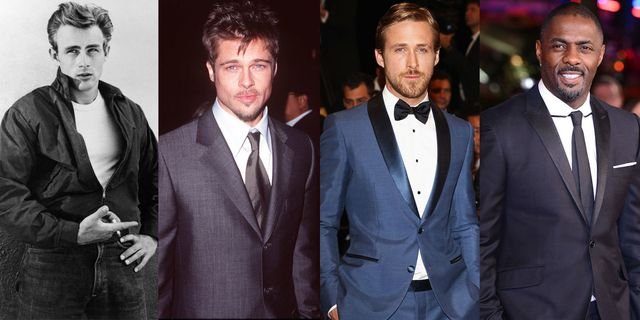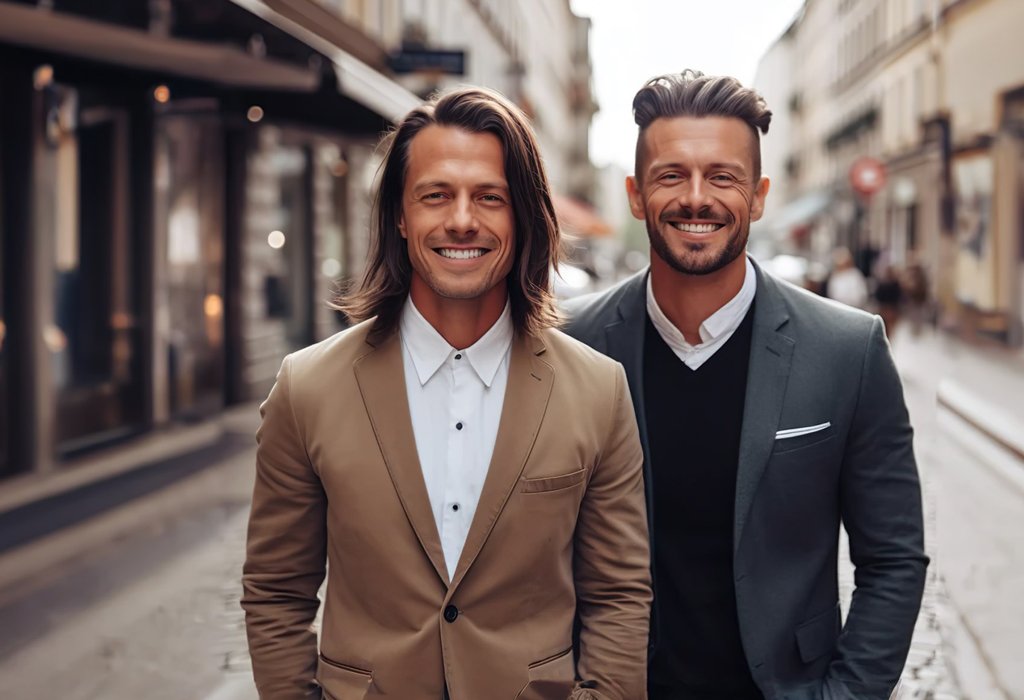In a world as interconnected as ours, the concept of manhood varies significantly across cultures,
shaped by tradition, societal norms, and historical contexts.
As we delve into the top 6 diverse narratives of manhood across cultures,

we will discover the unique ways different societies define and celebrate masculinity.
From the ancient rites of passage to modern interpretations,
the journey through these narratives promises to be both enlightening and thought-provoking.
1. The Warrior Spirit: Embracing Masculinity in Tribal Cultures
In many tribal societies, manhood is intricately linked to a warrior spirit.
Young boys undergo rigorous training, learning essential skills for survival and warfare.
The transition to manhood often involves symbolic rituals,
where they prove their bravery and commitment to the community.
This narrative sheds light on the interconnectedness of physical strength,
resilience, and honor in defining masculinity.
2. The Gentle Provider: Navigating Modern Masculinity in Japan
In Japan, the cultural narrative of manhood has evolved, blending tradition with modern values.
The emphasis on being a ‘Salaryman’ as the ideal man has persisted,
where a man is expected to be a dedicated provider for his family.
However, the shift towards a more emotionally expressive masculinity challenges the traditional stoicism,
revealing a nuanced perspective on what it means to be a man in contemporary Japan.

3. The Renaissance Man: Celebrating Versatility in Italy
Italy has a rich cultural tapestry that embraces the concept of the ‘Uomo Universale’
or Renaissance Man.
Here, manhood is not confined to a singular definition but celebrates versatility.
From art and literature to physical prowess and intellectual pursuits,
the Italian narrative encourages men to explore a multitude of interests,
fostering a well-rounded sense of self.
4. The ‘Macho’ Ideal: Wrestling with Stereotypes in Latin America
In Latin American cultures, the concept of ‘machismo’
has long been associated with traditional masculinity.
However, the narrative is evolving as societies grapple with changing gender dynamics.
Men are now navigating the delicate balance between embracing their cultural heritage
and challenging harmful stereotypes,
leading to a more inclusive and understanding approach to manhood.
5. The Tech-Savvy Provider: Redefining Masculinity in South Korea
South Korea, a global technological powerhouse,
has witnessed a transformation in the narrative of manhood.
The traditional provider role is evolving to include a proficiency in technology
and a commitment to family life.
As South Korea embraces modernity,
the definition of masculinity is expanding to encompass qualities
like adaptability, intelligence, and a nurturing spirit.
6. The Cowboy Mythos: Independence and Resilience in the United States
In the United States, the cowboy mythos has played
a significant role in shaping the narrative of manhood.
Rooted in the pioneer spirit, this narrative celebrates independence,
resilience, and self-reliance.
While the cowboy archetype may seem like a relic of the past,
its influence persists, offering a unique lens through which American masculinity is often viewed.

Conclusion:
As we navigate through these diverse narratives of manhood across cultures,
it becomes evident that masculinity is a fluid and ever-evolving concept.
From tribal traditions to modern interpretations,
each culture contributes to the global tapestry of manhood.
Embracing the richness of these narratives allows us to appreciate the complexity
and diversity inherent in the human experience.
FAQs:
Q1: Are these narratives of manhood universal or specific to certain cultures?
The narratives of manhood explored in this article are culturally specific.
While some aspects may resonate across cultures,
the nuances and emphasis on certain traits vary significantly.
Q2: How has globalization impacted traditional narratives of manhood?
Globalization has led to the exchange of ideas and values,
influencing the narratives of manhood in various cultures.
Traditional ideals are often challenged,
leading to a more interconnected and dynamic understanding of masculinity.
Q3: How do societal changes affect the definition of manhood?
Societal changes, including shifts in gender roles, economic structures,
and cultural values, play a crucial role in shaping the definition of manhood.
These changes contribute to the ongoing evolution of the narratives explored in the article.
Q4: Can individuals embody multiple narratives of manhood?
Yes, individuals can embody multiple narratives of manhood, as the concept is not rigid or fixed.
Many people draw from different cultural influences,
personal experiences, and contemporary values to shape their own unique sense of masculinity.
Q5: What role does media play in perpetuating or challenging these narratives?
Media plays a significant role in shaping and reinforcing cultural narratives of manhood.
It can either perpetuate traditional stereotypes
or challenge them by promoting diverse representations of masculinity.

